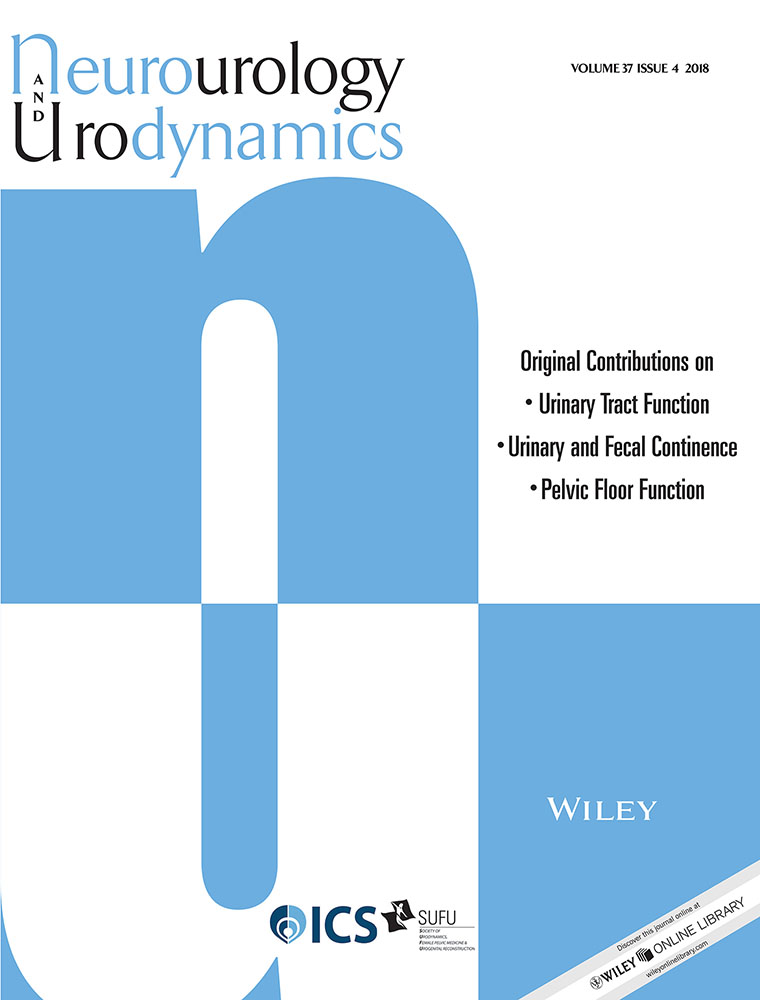Urodynamic measurements reflect physiological bladder function in rats
Abstract
Aims
Our objective was to investigate and compare bladder function in rats assessed by metabolic cage and by urodynamic measurements in fully awake animals.
Methods
Bladder function of female Lewis rats was investigated in naïve animals by metabolic cage at baseline, 14-16 days after bladder catheter and external urethral sphincter electromyography electrode implantation in fully awake animals by urodynamics, and again by metabolic cage.
Results
Investigating the same animals (n = 8), voided volume, average flow, and duration of voiding were similar (P > 0.05) in naïve animals measured by metabolic cage and after catheter implantation by urodynamic measurements and by metabolic cage. In naïve animals measured by metabolic cage, voided volumes were significantly different in the light (resting phase) versus the dark (active phase) part of the 24 h cycle (mean difference 0.14 mL, 21%, P = 0.004, n = 27).
Conclusions
Lower urinary tract function assessed by metabolic cage or by urodynamic meaurements in fully awake rats was indistinguishable. Thus, catheter implantation did not significantly change physiological bladder function. This shows that urodynamic measurements in awake animals are an appropriate approach to study lower urinary tract function in health and disease in animal models, directly paralleling the human diagnostic procedures.




